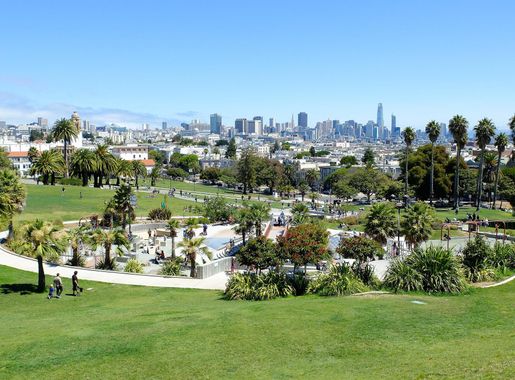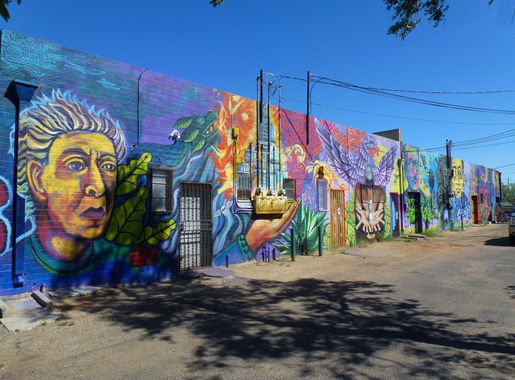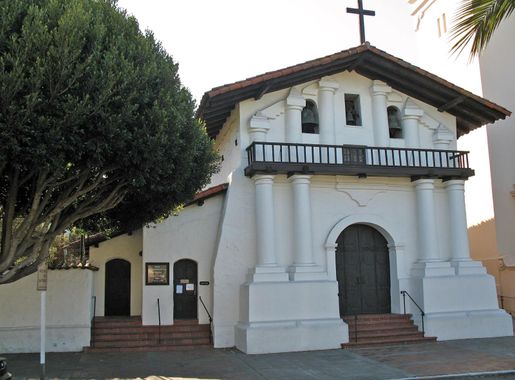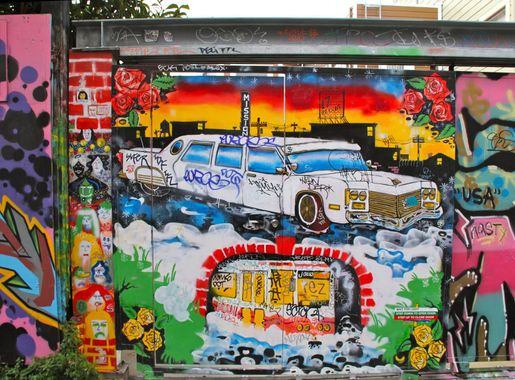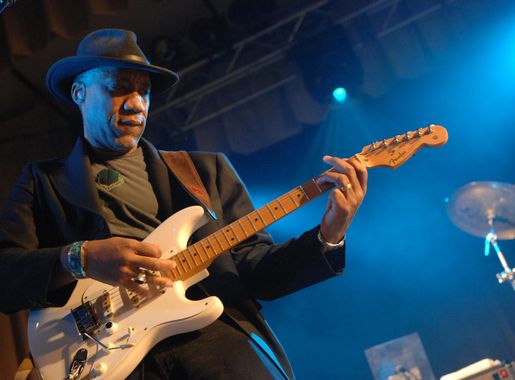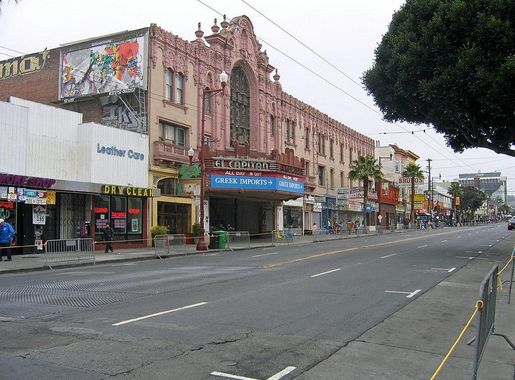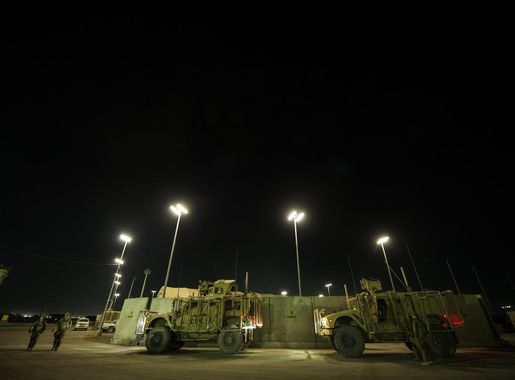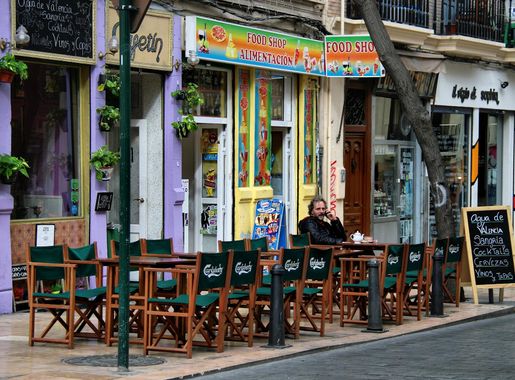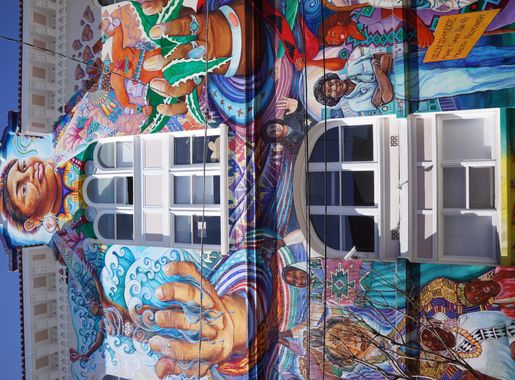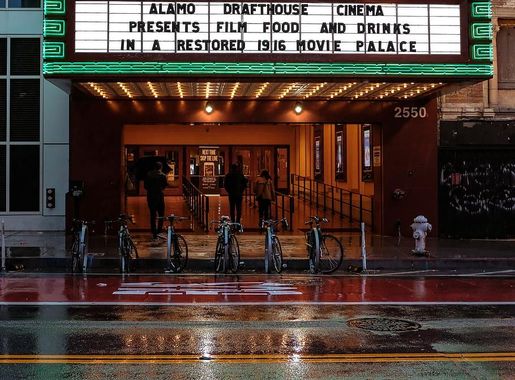
Exploring the Vibrant Mission District
Discover the Mission District in San Francisco: A vibrant neighborhood filled with colorful murals, diverse dining, lively nightlife, and unique shopping experiences.
The Mission District, known locally as 'The Mission,' is a lively neighborhood in San Francisco bursting with culture, history, and energy. As you wander its streets, you'll be greeted by colorful murals that tell the stories of the community, reflecting its rich Latino heritage and artistic spirit. The Mission's murals are not just art; they are a voice and a canvas for social commentary and community pride. Food lovers will find their paradise here. The Mission District is home to some of the best taquerias in the city, where you can savor authentic Mexican cuisine. Don't miss the chance to try a Mission-style burrito, a local favorite. Beyond Mexican food, the area offers an eclectic mix of dining options, from trendy cafes to upscale restaurants, serving a variety of international cuisines. The neighborhood is also a hub for nightlife and entertainment. Whether you prefer a laid-back evening at a local bar or a night of dancing at one of the lively clubs, The Mission has something for everyone. Music lovers will appreciate the live music venues that showcase everything from indie bands to Latin rhythms. Shopping in The Mission is an adventure in itself. The streets are lined with unique boutiques, vintage shops, and local markets where you can find one-of-a-kind items and souvenirs. For a taste of the local art scene, visit the many galleries and pop-up shops that feature works by talented local artists. With its dynamic atmosphere and diverse offerings, the Mission District is a must-visit destination for any traveler looking to experience the true essence of San Francisco.
Local tips in Mission District
- Wear comfortable shoes for walking as the neighborhood is best explored on foot.
- Visit during the day to fully appreciate the murals and local shops.
- Try a Mission-style burrito from a local taqueria for an authentic taste.
- Check out the local event listings for live music and festivals during your visit.
- Bring cash as some smaller shops and eateries might not accept cards.
- Head to Dolores Park for a relaxing break and a great view of the city.
Exploring the Vibrant Mission District
The Mission District, known locally as 'The Mission,' is a lively neighborhood in San Francisco bursting with culture, history, and energy. As you wander its streets, you'll be greeted by colorful murals that tell the stories of the community, reflecting its rich Latino heritage and artistic spirit. The Mission's murals are not just art; they are a voice and a canvas for social commentary and community pride. Food lovers will find their paradise here. The Mission District is home to some of the best taquerias in the city, where you can savor authentic Mexican cuisine. Don't miss the chance to try a Mission-style burrito, a local favorite. Beyond Mexican food, the area offers an eclectic mix of dining options, from trendy cafes to upscale restaurants, serving a variety of international cuisines. The neighborhood is also a hub for nightlife and entertainment. Whether you prefer a laid-back evening at a local bar or a night of dancing at one of the lively clubs, The Mission has something for everyone. Music lovers will appreciate the live music venues that showcase everything from indie bands to Latin rhythms. Shopping in The Mission is an adventure in itself. The streets are lined with unique boutiques, vintage shops, and local markets where you can find one-of-a-kind items and souvenirs. For a taste of the local art scene, visit the many galleries and pop-up shops that feature works by talented local artists. With its dynamic atmosphere and diverse offerings, the Mission District is a must-visit destination for any traveler looking to experience the true essence of San Francisco.
Iconic landmarks you can’t miss
Alcatraz Island
Explore Alcatraz Island, a historical landmark in San Francisco, and uncover the stories of its notorious past amidst stunning bay views.
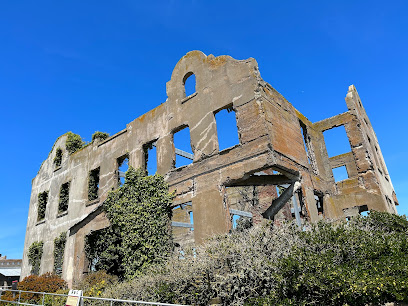
Union Square
Explore Union Square, San Francisco's vibrant hub of shopping, dining, and culture, where history meets modern city life.

Dolores Park
Explore the vibrant Dolores Park in San Francisco, a perfect blend of nature, community, and stunning city views.
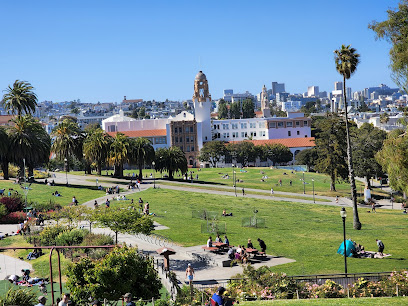
Coit Tower
Discover the breathtaking views and rich history at Coit Tower, a renowned San Francisco icon offering stunning panoramas of the city and bay.

San Francisco Maritime National Historical Park
Discover the rich maritime history of San Francisco at the Maritime National Historical Park, featuring historic ships and stunning waterfront views.
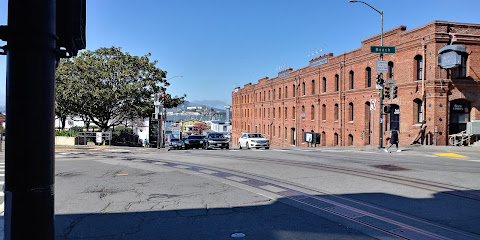
Mission San Francisco de Asis
Explore the historic Mission San Francisco de Asis, a cornerstone of California's cultural heritage, rich in history and architectural beauty.
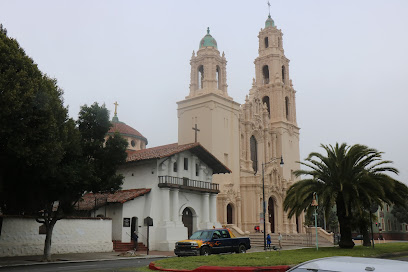
Presidio of San Francisco (California Historical Landmark #79)
Explore the Presidio of San Francisco, where nature meets history in a stunning blend of scenic beauty and cultural significance.
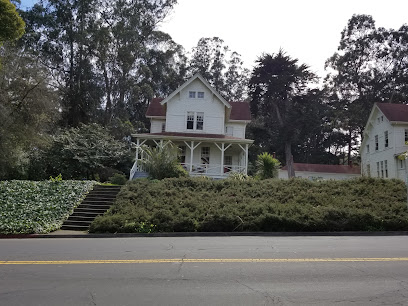
California Historical Landmark 236: First Ship into San Francisco Bay
Explore the rich maritime history at California Historical Landmark 236, the site of the first ship into San Francisco Bay, with stunning views and a glimpse into the past.

Shortest Street in California
Explore the historic Balance Street, California's shortest street, where charm and culture intersect in the heart of San Francisco's vibrant Jackson Square.

The Shortest Street in San Francisco
Discover the quirky charm of Ash Street, the shortest street in San Francisco, nestled in the vibrant Fillmore District.

Unmissable attractions to see
Dolores Park
Explore Dolores Park, a vibrant urban park in San Francisco's Mission District with stunning skyline views, recreational activities, and a lively community atmosphere.
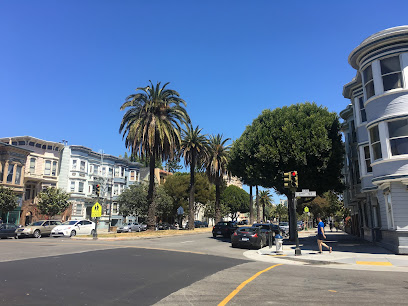
Balmy Alley
Explore Balmy Alley, San Francisco's vibrant mural-filled alley showcasing local artistry and cultural heritage in the Mission District.

Graffiti MUSEUM
Uncover the vibrant street art at the Graffiti Museum in San Francisco's Mission District, where creativity bursts from every corner of this open-air gallery.

Folsom Mural
Experience the vibrant Folsom Mural in San Francisco's Mission District, a breathtaking display of community art and cultural expression.

Horace Alley Murals
Explore the vibrant Horace Alley Murals in San Francisco's Mission District, where art and culture come alive in stunning street art.

El Capitan Murals
Experience the colorful storytelling of El Capitan Murals in San Francisco’s vibrant Mission District, a must-visit for art lovers and cultural enthusiasts.

Essential places to dine
El Techo
Experience breathtaking views and authentic Latin cuisine at El Techo, a must-visit rooftop restaurant in San Francisco's vibrant Mission District.
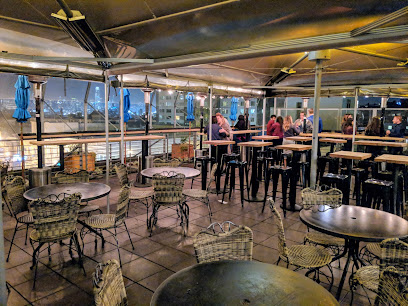
Foreign Cinema
Discover Foreign Cinema: A unique dining experience blending Californian and Mediterranean flavors in San Francisco's vibrant Mission District.

Beretta Valencia
Experience authentic Italian flavors at Beretta Valencia in San Francisco's vibrant Mission District - where pizza meets creativity.

Burma Love - Mission
Discover the vibrant flavors of authentic Burmese cuisine at Burma Love in San Francisco's Mission District - a true culinary delight.

Lolinda
Experience exquisite Argentine cuisine at Lolinda in San Francisco's Mission District - where flavor meets atmosphere.
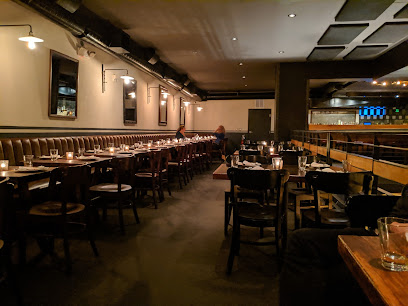
Lazy Bear
Experience exceptional New American cuisine in a cozy cabin-like setting at Lazy Bear, San Francisco's premier fine dining destination.
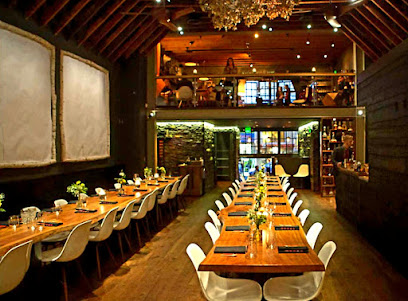
Bottega
Experience authentic Italian cuisine at Bottega in San Francisco's vibrant Mission District—where every meal is a celebration of flavor.
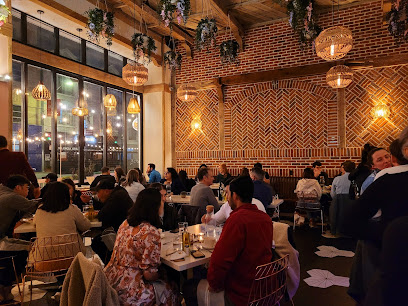
The Morris
Experience innovative New American cuisine at The Morris in San Francisco's lively Mission District, where every dish tells a story.
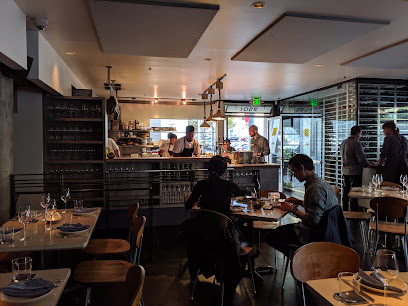
Prubechu
Discover Prubechu in San Francisco's Mission District - where innovative Pacific Rim cuisine meets local flavors in a vibrant setting.
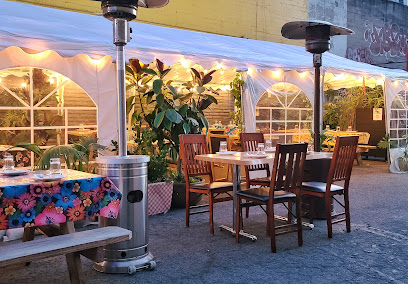
Khamsa Restaurant
Discover the rich flavors of Morocco at Khamsa Restaurant in San Francisco’s Mission District, offering authentic cuisine in a vibrant setting.

Markets, malls and hidden boutiques
Rare Device
Explore Rare Device in San Francisco for a unique gift shopping experience with local art and eclectic finds.

Needles & Pens
Explore Needles & Pens, a vibrant San Francisco boutique offering unique books, clothing, and accessories that embody local artistry and creativity.
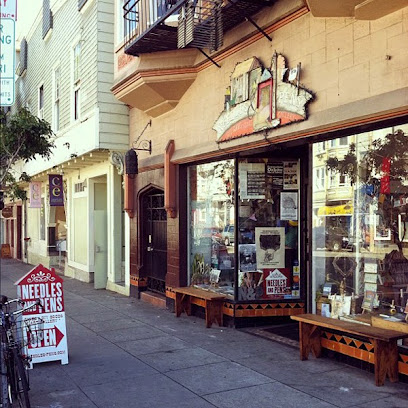
San Francisco Mercantile
Explore San Francisco Mercantile for unique gifts and local crafts that capture the city's vibrant spirit in the heart of Haight-Ashbury.
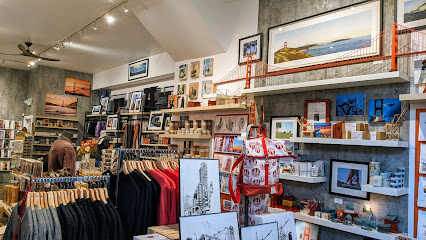
Luz De Luna
Discover one-of-a-kind gifts and handcrafted treasures at Luz De Luna in San Francisco's vibrant Mission District.

No Shop
Explore No Shop in San Francisco's Mission District for unique vintage finds and sustainable fashion at affordable prices.

State Of Flux Shop
Explore the vibrant fashion scene of San Francisco at State of Flux Shop, a unique men's clothing store in the heart of the Mission District.

Foggy Notion
Explore Foggy Notion, a charming boutique in San Francisco, offering a captivating selection of unique gifts and artisanal treasures.
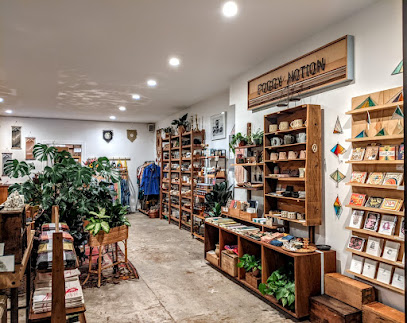
Qosqo Maky
Discover unique handcrafted gifts and local artistry at Qosqo Maky in San Francisco's Mission District, perfect for memorable souvenirs.
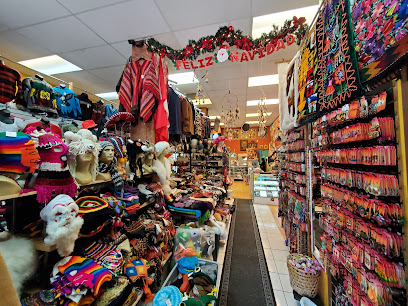
Pikitos
Explore Pikitos, a top thrift store in San Francisco's Mission District, known for its vintage treasures and unique consignment finds.
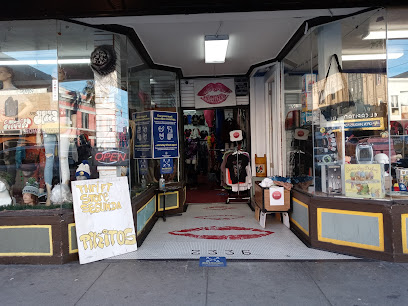
New Horizons gift shop
Explore New Horizons Gift Shop for unique souvenirs and trendy accessories in the heart of San Francisco's SoMa district.

Essential bars & hidden hideouts
Trick Dog
Discover Trick Dog, San Francisco's eclectic cocktail bar offering innovative drinks and delightful bites in a vibrant Mission District setting.
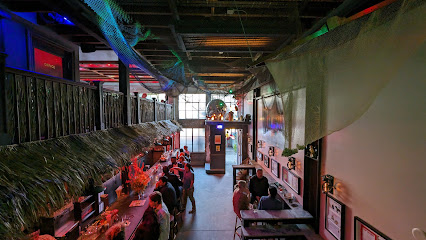
ABV
Experience the vibrant atmosphere and innovative cocktails at ABV, a must-visit bar and restaurant in San Francisco's Mission Dolores neighborhood.

The Sycamore
Experience the vibrant atmosphere of The Sycamore, a gastropub in San Francisco's Mission District, where delicious American cuisine meets an extensive wine selection.

True Laurel
Discover the vibrant flavors and innovative cocktails at True Laurel, a must-visit cocktail bar and restaurant in San Francisco's Mission District.
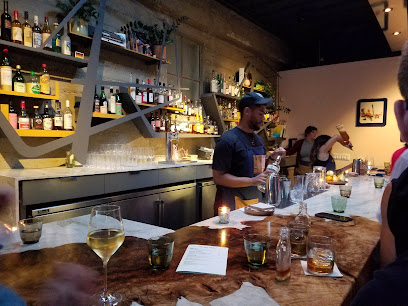
Evil Eye
Discover the creative cocktail haven in San Francisco's Mission District, where unique drinks and a vibrant atmosphere await.
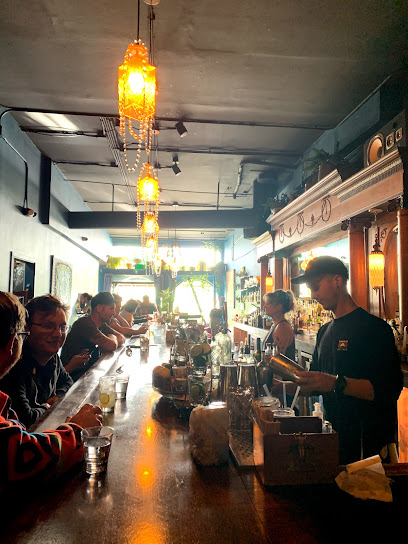
The Beehive
Explore The Beehive, San Francisco's cocktail bar renowned for its inventive drinks and lively ambiance in the heart of the Mission District.
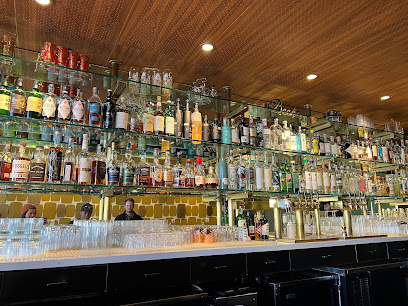
Casements Bar
Experience the lively spirit of San Francisco at Casements Bar, a unique Irish pub and cocktail haven in the Mission District.
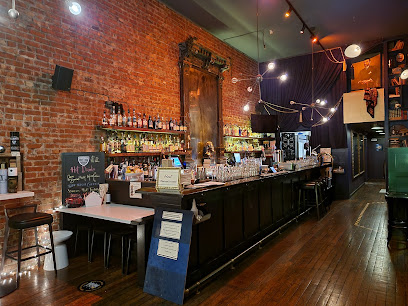
Mission Bar
Discover the vibrant nightlife and local flavors at Mission Bar, a beloved spot in San Francisco's Mission District.

Bear Vs. Bull
Discover the vibrant atmosphere and exquisite flavors at Bear Vs. Bull, a premier cocktail bar in San Francisco's Mission District.
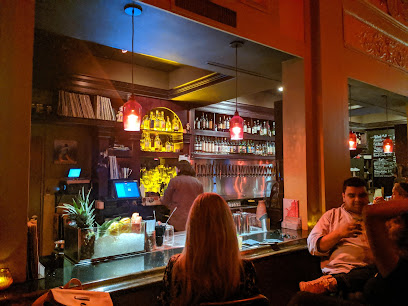
Dahlia SF
Experience the vibrant nightlife of San Francisco at Dahlia SF, a bar known for its creative cocktails and lively atmosphere in the heart of the Mission District.
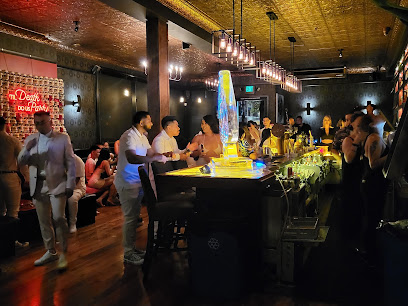
Local Phrases
-
- HelloHola
[oh-lah] - GoodbyeAdiós
[ah-dee-ohs] - YesSí
[see] - NoNo
[noh] - Please/You're welcomePor favor/De nada
[por fah-vor/deh nah-dah] - Thank youGracias
[grah-see-ahs] - Excuse me/SorryPerdón/Lo siento
[pair-dohn/loh see-en-toh] - How are you?¿Cómo estás?
[koh-moh ehs-tahs] - Fine. And you?Bien. ¿Y tú?
[byen. ee too] - Do you speak English?¿Hablas inglés?
[ah-blahs een-glays] - I don't understandNo entiendo
[noh ehn-tee-ehn-doh]
- HelloHola
-
- I'd like to see the menu, pleaseMe gustaría ver el menú, por favor
[may goos-tah-ree-ah behr ehl may-noo, poor fah-vor] - I don't eat meatNo como carne
[noh koh-moh kahr-neh] - Cheers!¡Salud!
[sah-loohd] - I would like to pay, pleaseMe gustaría pagar, por favor
[may goos-tah-ree-ah pah-gahr, poor fah-vor]
- I'd like to see the menu, pleaseMe gustaría ver el menú, por favor
-
- Help!¡Ayuda!
[ah-yoo-dah] - Go away!¡Vete!
[veh-teh] - Call the Police!¡Llama a la policía!
[yah-mah ah lah poh-lee-see-ah] - Call a doctor!¡Llama a un médico!
[yah-mah ah oon may-dee-koh] - I'm lostEstoy perdido
[ehs-toy pair-dee-doh] - I'm illEstoy enfermo
[ehs-toy ehn-fehr-moh]
- Help!¡Ayuda!
-
- I'd like to buy...Me gustaría comprar...
[may goos-tah-ree-ah kohm-prahr] - I'm just lookingSolo estoy mirando
[soh-loh ehs-toy mee-rahn-doh] - How much is it?¿Cuánto cuesta?
[kwan-toh kwehs-tah] - That's too expensiveEso es demasiado caro
[eh-soh ehs deh-mah-see-ah-doh kah-roh] - Can you lower the price?¿Puedes bajar el precio?
[pweh-dehs bah-hahr ehl pree-syoh]
- I'd like to buy...Me gustaría comprar...
-
- What time is it?¿Qué hora es?
[keh oh-rah ehs] - It's one o'clockEs la una
[ehs lah oo-nah] - Half past (10)Media (10)
[meh-dee-ah (dee-ehs)] - MorningMañana
[mah-nyah-nah] - AfternoonTarde
[tahr-deh] - EveningNoche
[noh-cheh] - YesterdayAyer
[ah-yehr] - TodayHoy
[oy] - TomorrowMañana
[mah-nyah-nah] - 1Uno
[oo-noh] - 2Dos
[dohs] - 3Tres
[trehs] - 4Cuatro
[kwah-troh] - 5Cinco
[seen-koh] - 6Seis
[says] - 7Siete
[see-eh-teh] - 8Ocho
[oh-choh] - 9Nueve
[nweh-veh] - 10Diez
[dyehs]
- What time is it?¿Qué hora es?
-
- Where's a/the...?¿Dónde está...?
[dohn-deh ehs-tah] - What's the address?¿Cuál es la dirección?
[kwahl ehs lah dee-rehk-syohn] - Can you show me (on the map)?¿Puedes mostrarme (en el mapa)?
[pweh-dehs mohs-trar-meh (ehn ehl mah-pah)] - When's the next (bus)?¿Cuándo es el próximo (autobús)?
[kwan-doh ehs ehl proh-ksee-moh (ow-toh-boos)] - A ticket (to ....)Un boleto (a ...)
[oon boh-leh-toh (ah)]
- Where's a/the...?¿Dónde está...?
History of Mission District
-
The Mission District's history begins in 1776 when Spanish colonists established Mission San Francisco de Asís, also known as Mission Dolores. This mission was the sixth of the 21 California missions and was intended to spread Christianity among the local Ohlone people. The mission's construction marked the beginning of European influence in the region, laying the groundwork for the future development of the area.
-
As San Francisco grew during the Gold Rush of 1849, the Mission District evolved from a rural outpost into a bustling neighborhood. The influx of settlers led to the construction of homes, businesses, and public infrastructure. By the mid-1800s, the area became known for its diverse immigrant population, particularly Irish, German, and later, Mexican communities, contributing to the district's cultural richness.
-
In the 20th century, particularly after the Mexican Revolution in 1910, the Mission District became a hub for Mexican immigrants. This migration significantly shaped the neighborhood's identity, introducing vibrant cultural elements such as food, festivals, and murals. The Mission is now known for its strong Latino presence and is often seen as a center of Chicano culture in San Francisco.
-
The 1960s and 1970s were pivotal decades for the Mission District, as it became a focal point for civil rights activism. The neighborhood witnessed the rise of various movements advocating for the rights of Latino and marginalized communities. Activism during this time often centered on housing rights, education, and social justice, leading to increased political engagement among residents.
-
In recent decades, the Mission District has faced significant gentrification, resulting in rising rents and changing demographics. Despite these challenges, community organizations have worked tirelessly to preserve the neighborhood's cultural identity. Initiatives to maintain affordable housing, promote local artists, and celebrate the district’s heritage through events and festivals continue to play a crucial role in the Mission's ongoing narrative.
Mission District Essentials
-
The Mission District is easily accessible from various neighborhoods in San Francisco. From Union Square, you can take the 14 or 49 Muni bus directly to the Mission. If you're coming from the Wharf, the Powell-Hyde cable car will take you to Powell Street, where you can transfer to the BART at Montgomery Station and head to 24th Street Mission Station. The neighborhood is also a short ride away via rideshare services or taxis.
-
The Mission District is bicycle-friendly with many bike lanes and bike-sharing programs available. Muni buses, including the 12, 14, and 22 lines, provide easy access to various parts of the area. The BART serves the neighborhood at the 24th Street Mission and 16th Street Mission stations, linking you to other parts of San Francisco. Walking is also a great option to explore the vibrant streets filled with murals and local shops.
-
While the Mission District is generally safe for tourists, some areas, particularly around 16th Street and Mission Street, have higher crime rates. It’s advisable to avoid walking alone late at night in less crowded areas. Always keep an eye on your belongings and be cautious in busy public spaces. Trust your instincts and stay aware of your surroundings.
-
In case of an emergency, dial 911 for police, fire, or medical assistance. Local hospitals include UCSF Medical Center and Mission Neighborhood Health Center for urgent care. It’s recommended to have travel insurance that covers emergencies, and familiarize yourself with the nearest pharmacy locations for minor health needs.
-
Fashion: Do wear comfortable and casual clothing suitable for walking. Don't wear flashy jewelry that may attract unwanted attention. Religion: Do respect local customs, especially when visiting places of worship. Public Transport: Do keep your voice down and allow others to board first. Don't eat or drink on Muni transit. Greetings: Do greet people with a friendly smile or nod. Don't be overly familiar until you know someone well. Eating & Drinking: Do try local food from street vendors and restaurants. Don't waste food, as it's considered disrespectful.
-
To experience the Mission District like a local, visit the Dolores Park for a picnic or simply to relax. Don’t miss the annual Carnaval festival if you’re visiting in May. Check out the local murals and art galleries, and consider joining a guided walking tour to learn about the rich cultural history. For the best tacos, head to Taqueria La Cumbre or La Taqueria, both beloved by locals.
Trending Landmarks in Mission District
-
Alcatraz Island
-
Union Square
-
Dolores Park
-
Coit Tower
-
San Francisco Maritime National Historical Park
-
Mission San Francisco de Asis
-
Presidio of San Francisco (California Historical Landmark #79)
-
California Historical Landmark 236: First Ship into San Francisco Bay
-
Shortest Street in California
-
The Shortest Street in San Francisco
Nearby Cities to Mission District
-
Things To Do in Daly City
-
Things To Do in Oakland
-
Things To Do in Berkeley
-
Things To Do in San Leandro
-
Things To Do in San Mateo
-
Things To Do in San Lorenzo
-
Things To Do in Castro Valley
-
Things To Do in Hayward
-
Things To Do in Walnut Creek
-
Things To Do in Redwood City
-
Things To Do in Danville
-
Things To Do in Martinez
-
Things To Do in Union City
-
Things To Do in Menlo Park
-
Things To Do in San Ramon

